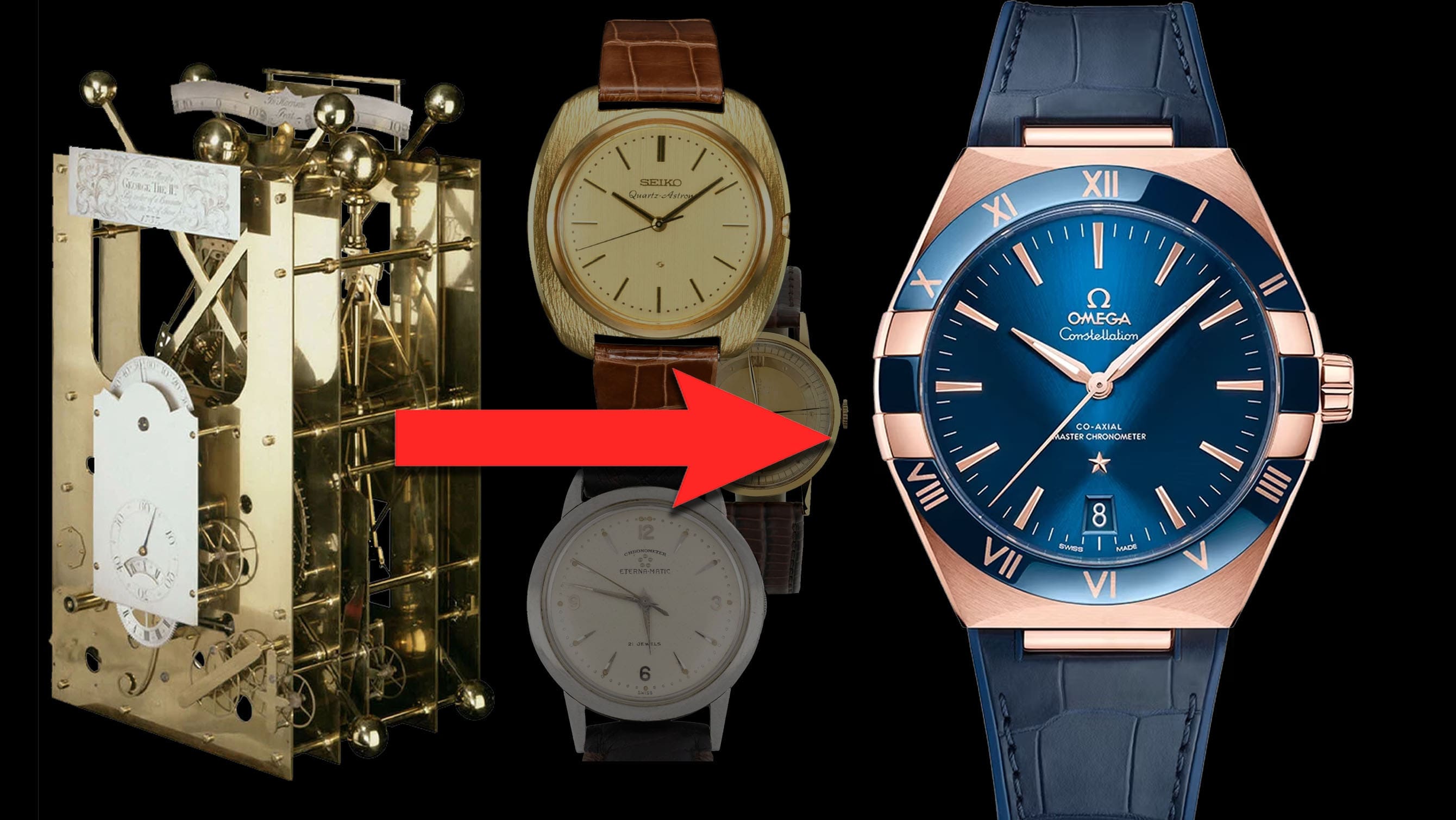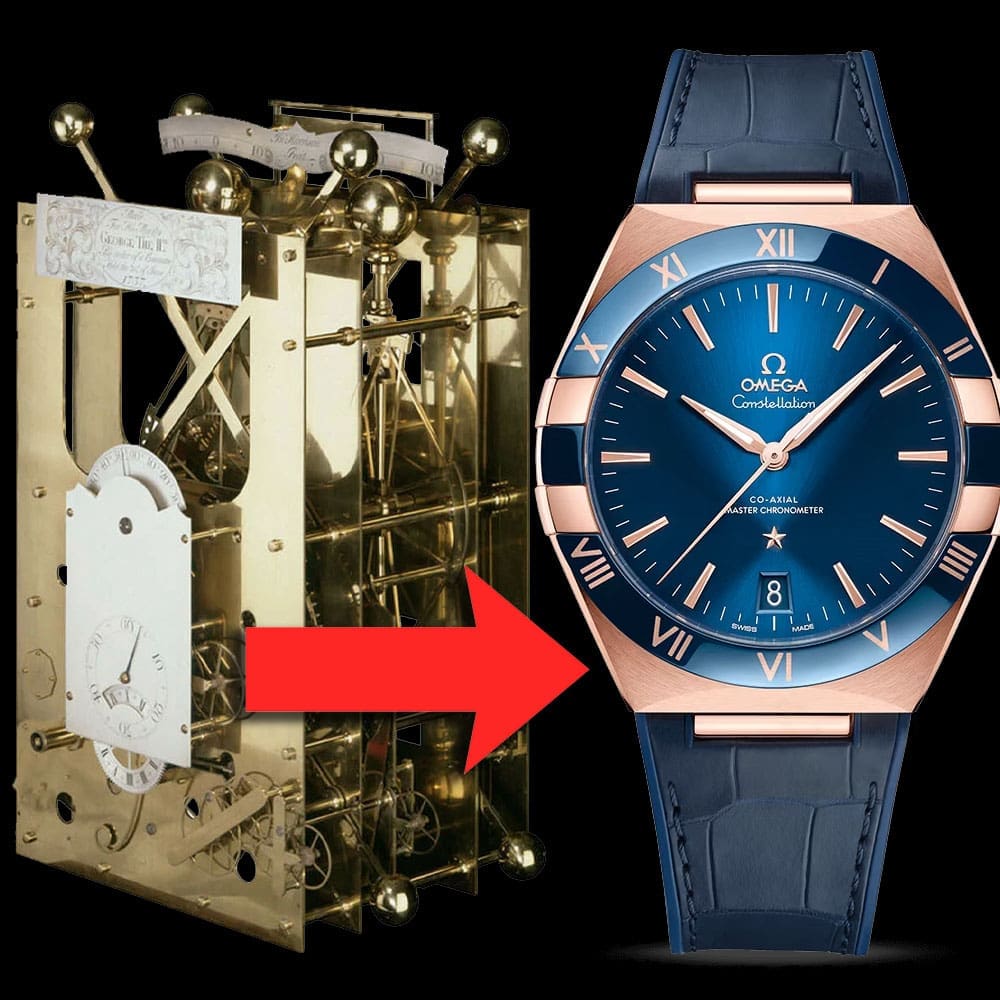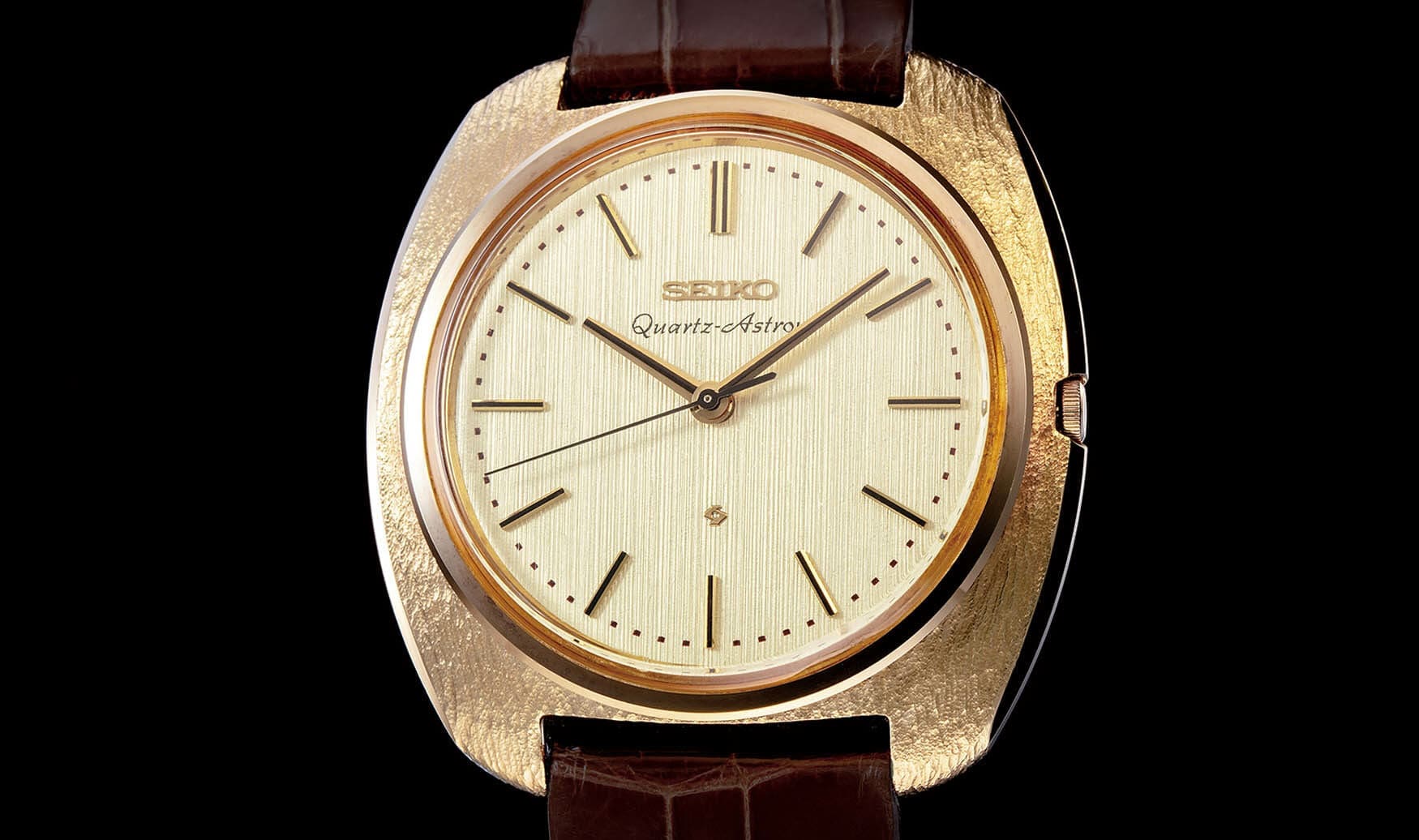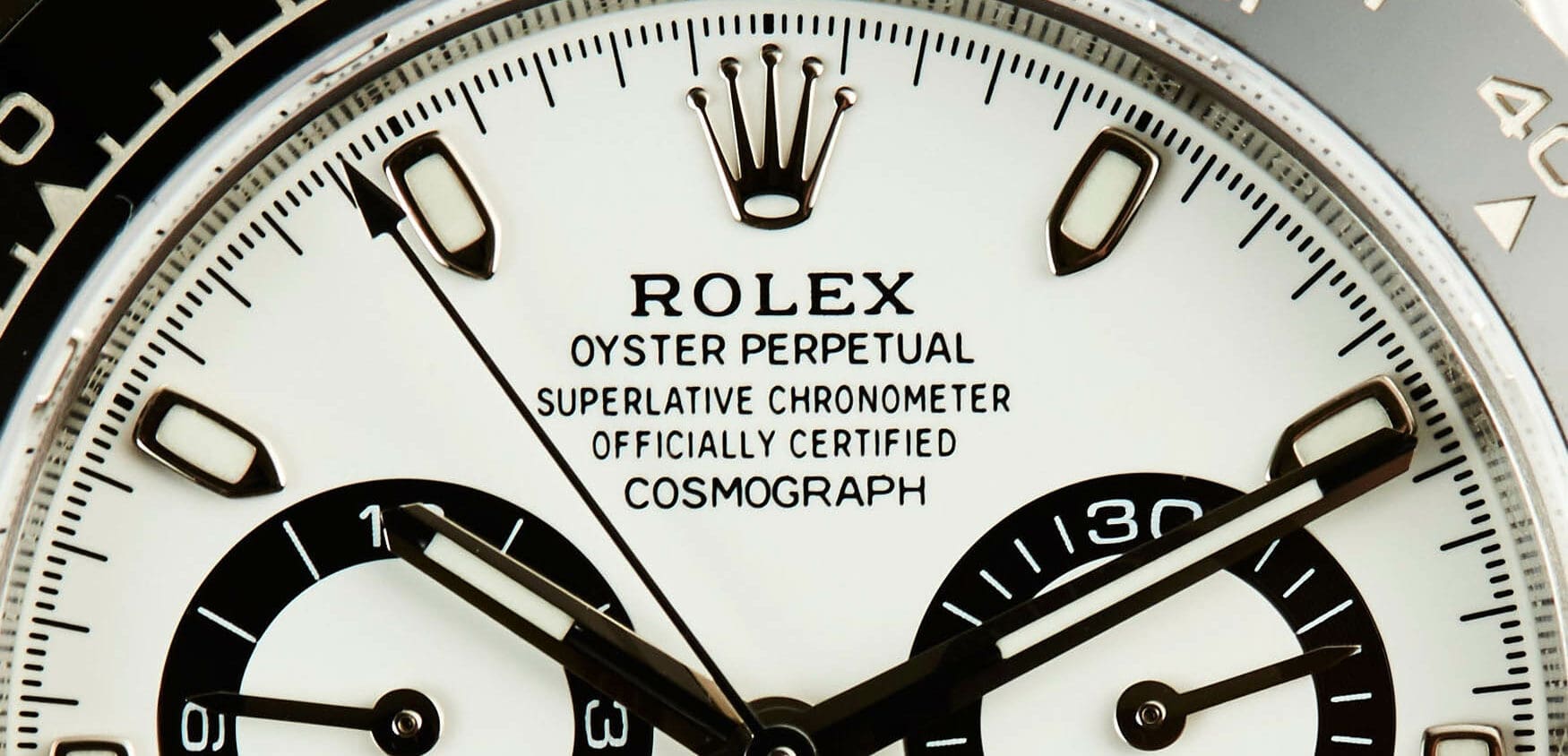How chronometers went from ships to wrists
Fergus NashAs soon as John Harrison realised that a pocket watch could be made to be just as accurate as his 60cm-tall chronometer sea clocks, the road to wristwatch chronometry had begun. Most watch enthusiasts are familiar with how wristwatches became popular after WWI, thanks to the convenience of keeping your hands free while soldiering. It had been nearly a century between the first chronometer trial held at the Royal Observatory in 1822 and the beginning of the war, so the idea of highly accurate timekeeping was destined to be focused on wristwatches as soon as they came into being. I tackled a lot of this important history in my dive into marine chronometers, but here I’ll be recounting how those developments led to the wristwatch chronometers we’re familiar with today.
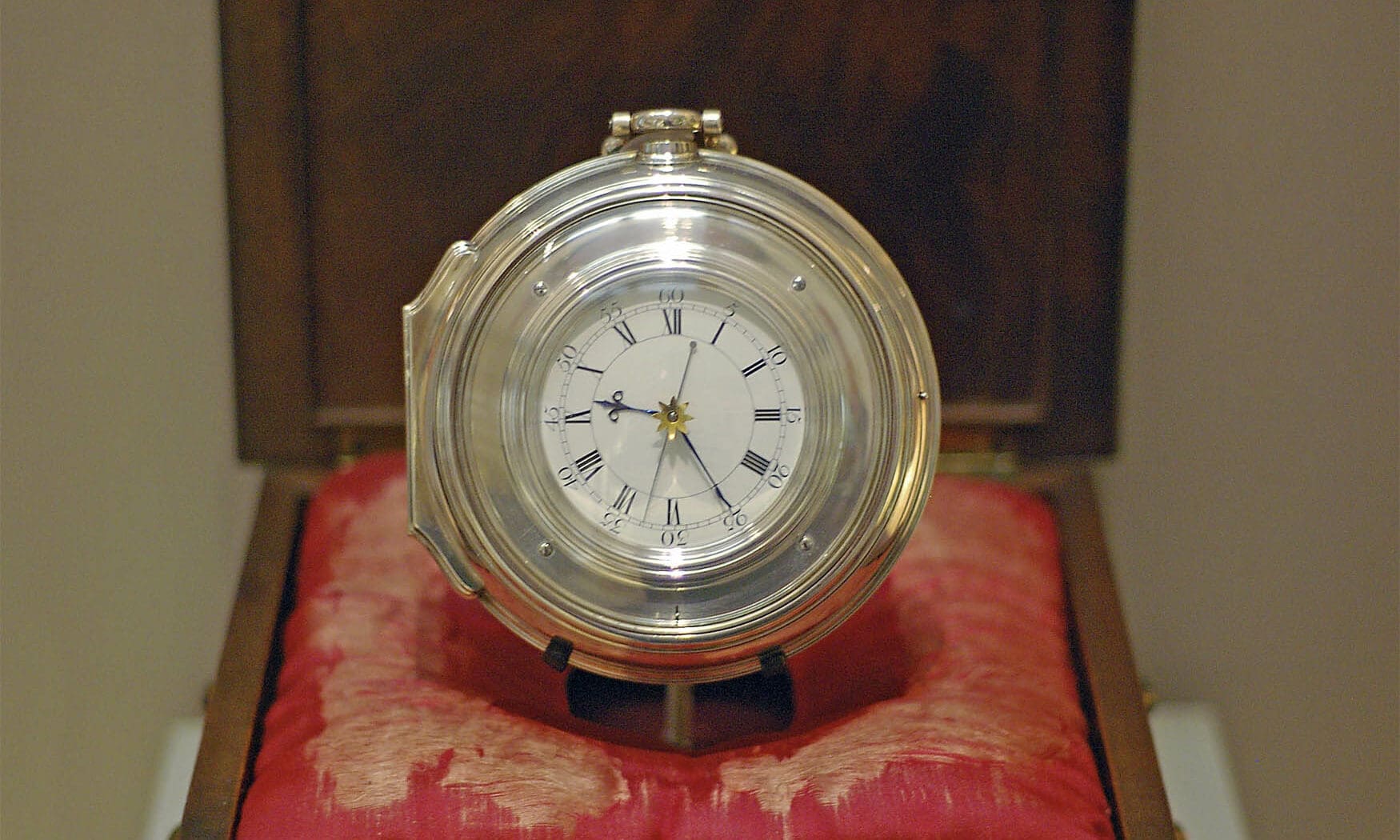
As the observatory trials heated up, the focus had drifted away from chronometers for marine-specific purposes. The need for ships to calculate accurate longitude was always glad for improvements, but in reality the available products had been doing a good enough job for decades. Companies who competed in the trials were mainly in it for the prizes, certifications, and more important than anything, the marketing power. Taking the top spots and bragging about it in advertisements sold way more product than simply selling to the world’s navies, and so the likes of Zenith, Longines, and Omega could enter with pretty much any kind of timekeeper they wanted. Pocket watches, desk clocks, and plain movements all filled up the testing ledgers with the potential to outshine each other every year.
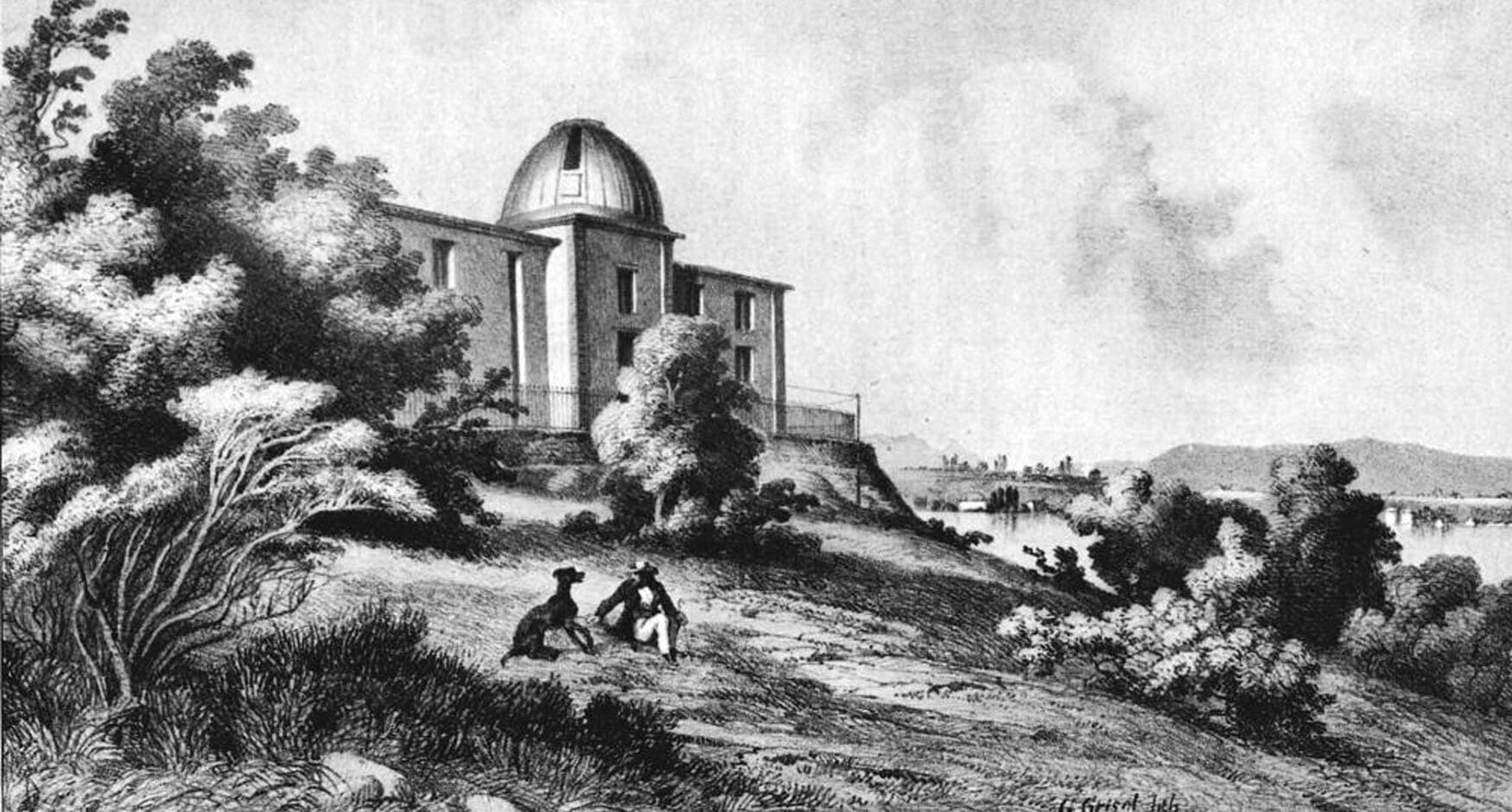
Trials had been held from the late 1800s in Geneva, Besançon in France and the Kew Observatory in London, but the most famous venue had to be the Neuchâtel Observatory founded in 1854. Its Bulletin de Marches certification carried a lot of prestige, and out of it came the most accurate timepieces year upon year. Rolex claim the title of the first chronometer-certified wristwatch with an Aegler-built movement in 1910, however there aren’t many public records which can totally back this up. Wristwatches were still somewhat of an obscure entry into trials and testing, and there weren’t really strict guidelines of truthfulness in advertising.
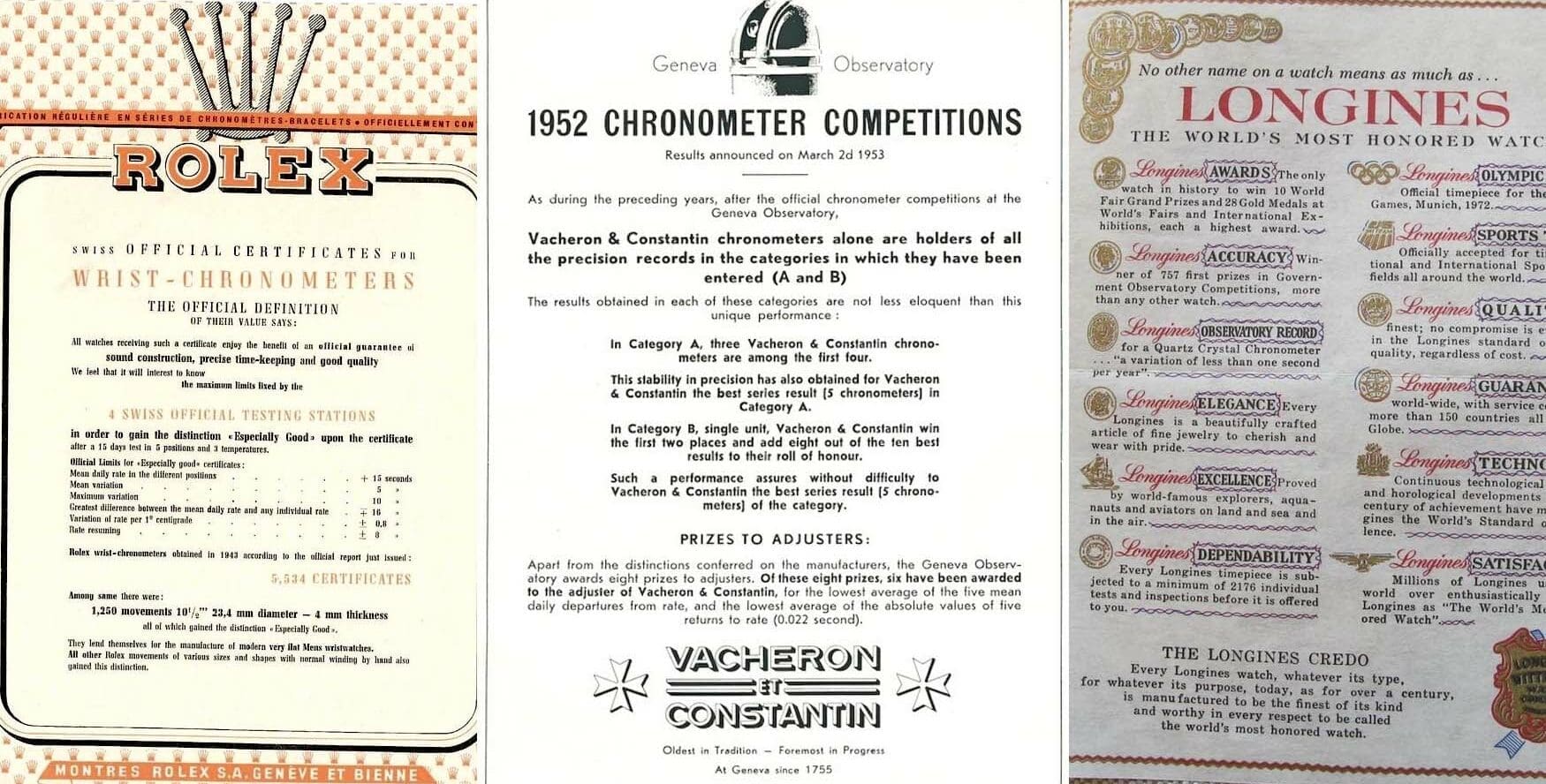
After WWII wrapped up in 1945, the Neuchâtel Observatory opened their first wristwatch-specific category. Up until then, the submissions were absolutely flooded with wristwatches given their immense popularity. There were 45 entries in that inaugural year, composed almost entirely of Rolex, Zenith, Omega, and Longines. By 1956, it was up to 101. Another decade later, it was 260. After years of wristwatch saturation, they had to figure out a way to deal with the sheer amount of testing that was being done. Eventually, the testing period was reduced from 45 days to just 15.
The decades following the 1945 trials were, for lack of a better word, chaotic. Observatories all around Europe were holding trials that founded the basis of hundreds of advertisements. As mass production was really hitting its stride, the ability for Swiss companies to produce highly accurate watches soared. While the observatories were being crammed, different Swiss regions had set up their offices to certify watches to a more general chronometer standard, without the need for a full-blown observatory trial. Companies took advantage of this as well, squeezing every last drop of potential out of the word ‘chronometer’ and using it in marketing. Meanwhile, back in Neuchâtel, frightening change was emerging.
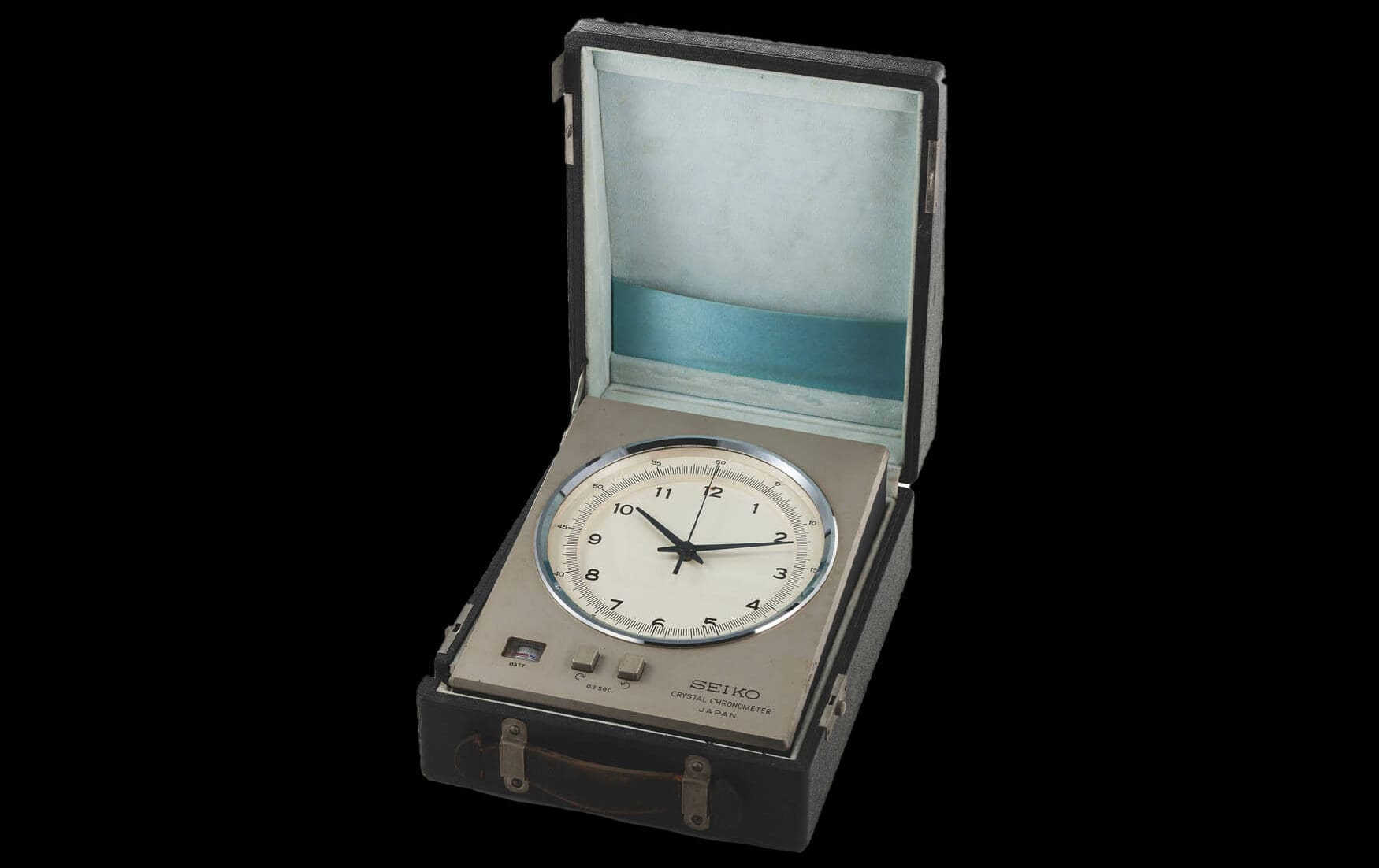
The Neuchâtel Observatory officially opened up its trials to global entries in 1959, however it remained extremely Swiss-oriented until Seiko made their approach in 1963. While it’s true that Seiko kickstarted the quartz crisis with the release of their Astron in 1969, it wasn’t nearly as much of a bombshell surprise as it’s made out to be. Swiss companies were trying to perfect quartz technology too, and Seiko’s first entry into the Neuchâtel Observatory was under the established category of quartz chronometers. It placed in tenth, but was still a major success when used for the 1964 Olympics.
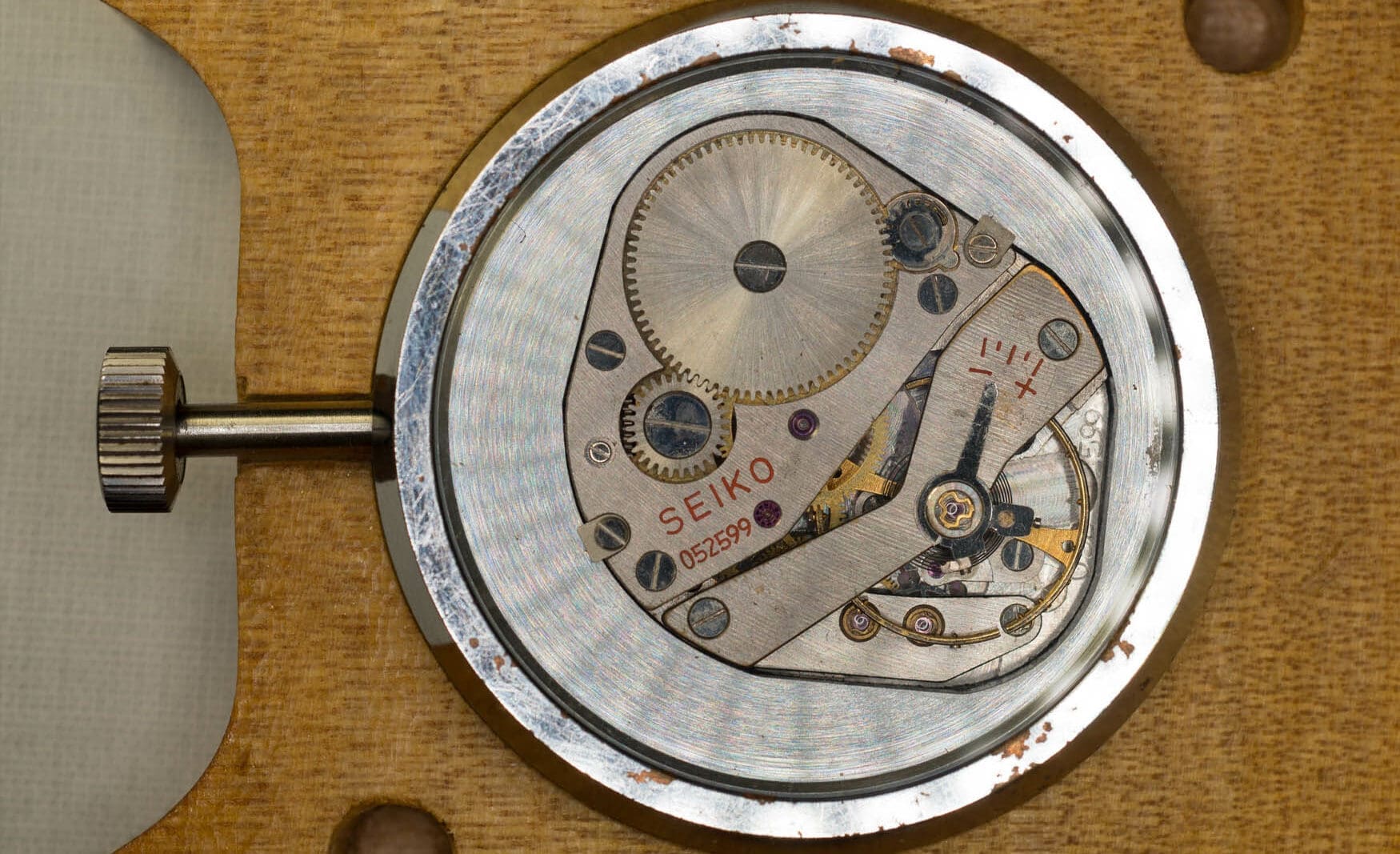
Seiko rose to take all places between second and seventh in the quartz chronometer category in 1964, however their wristwatches only made it as high as 144th. 1965 was also middling, but they broke into the top ten with their mechanical wristwatch 052 calibre in 1966. The following year, it climbed from ninth to fourth, signalling how seriously Seiko were taking the competition. Panic was setting in among the Swiss powerhouses like Omega who had taken the top spot more than most, and the 1968 event was cancelled. That said, some watches had already been submitted, and they honoured those with results. Had the ’68 results counted, Seiko would have won, achieving a score which ranked the second-most accurate of any Neuchâtel chronometer, only slightly lower than an Omega from the previous year.
With Neuchâtel officially cancelled, Seiko turned to the Geneva Observatory. Their 1968 competition was dominated by a top three of quartz prototypes from the Swiss consortium C.E.H., but Seiko filled out all slots between fourth and tenth with mechanical movements. 1969 finally saw the release of the Seiko Quartz-Astron, which was the world’s first quartz wristwatch. It was a true luxury product in a gold case and costing the equivalent of US$1,250 (US$10,733 adjusted for inflation), but it began the revolution of accurate and affordable quartz watches.
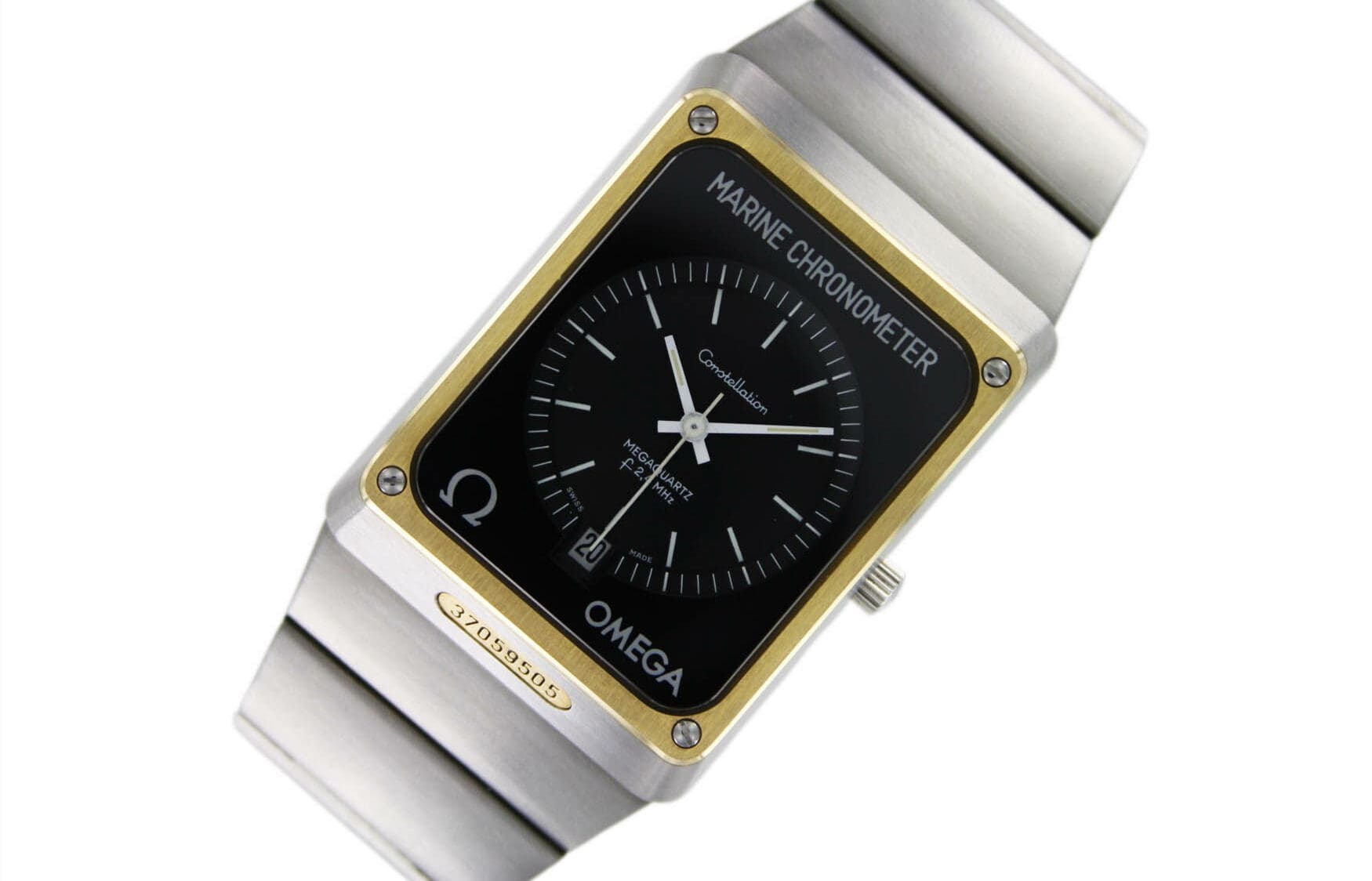
Switzerland had been struggling on and off for centuries before the quartz crisis hit, and their watch industry needed to form a united front to survive. The ‘B.O.’ offices which had been providing chronometer certificates outside of observatories in separate Swiss regions became the Contrôle Officiel Suisse des Chronomètres in 1973, better known as COSC. The idea was to create a recognisable umbrella of Swiss chronometry, one that customers could easily correlate with excellence. The testing is completed over 15 days with variances in temperature and movement positioning, aiming for an accuracy within -4/+6 seconds per day.
Ever since the ‘70s, COSC had pretty much been the highest certifiable standard for chronometers. Companies like Rolex often ran their own testing to achieve better accuracies, but there was no official body which would actually validate those results. That was until 2015, when METAS certification was introduced. Established by Swatch Group, the Swiss Federal Institute of Metrology is part of the Federal Department of Justice and Police, so you know it means business. To qualify for this extremely stringent test, a movement must have already achieved COSC certification. The entire watch with its movement and case is tested rather than just the movement, and the accuracy standards are upped to 0/+5 seconds per day.
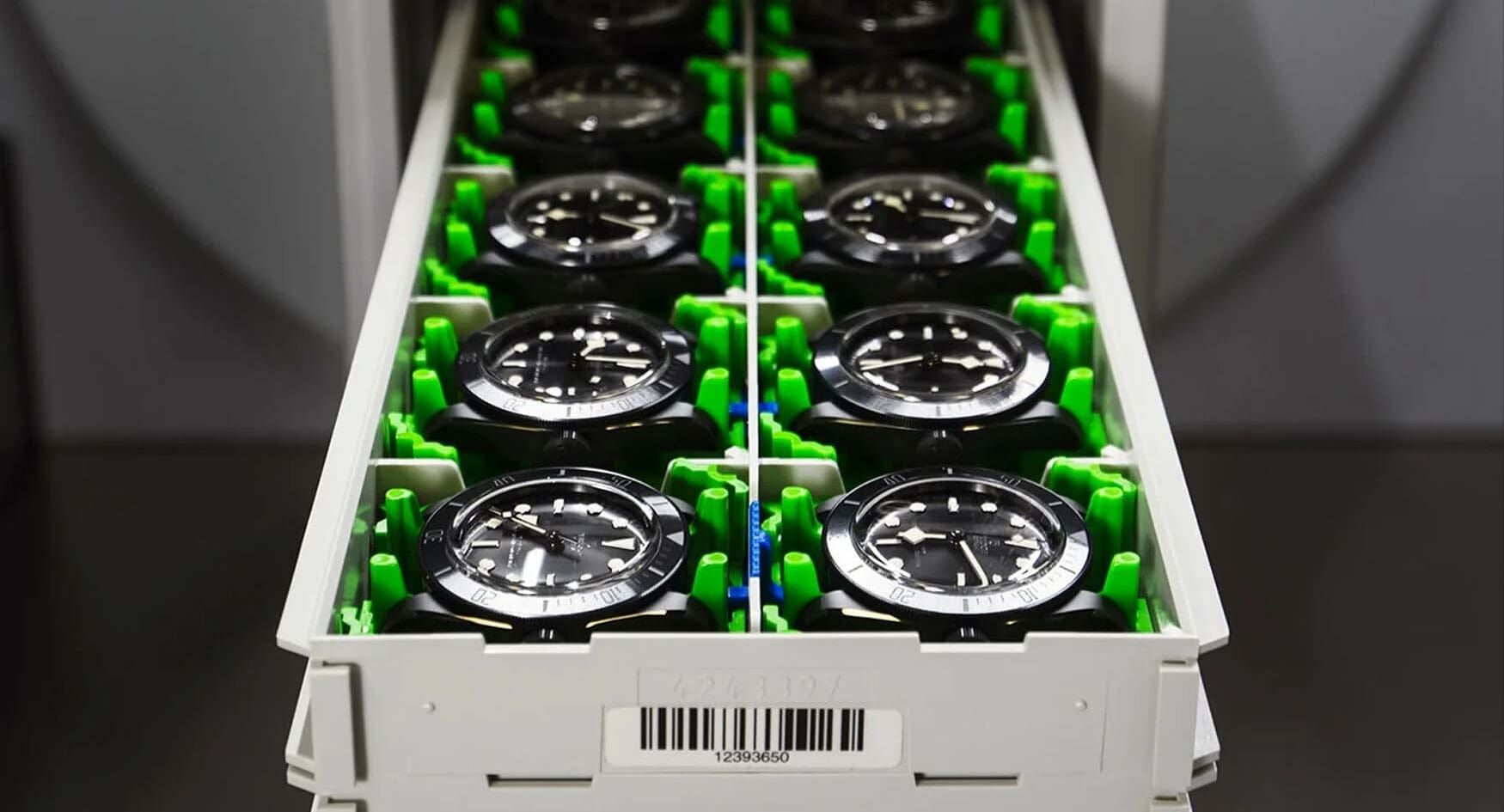
With the advent of METAS, chronometry standards have never been held higher, however it’s important to remember that these certifications were born out of successful marketing campaigns. You absolutely receive peace of mind when buying a high-end watch that has the COSC or METAS stamp of approval, however if you’re handy with a screwdriver set, you can get a $200 mechanical Seiko to perform within that range. In any case, we can thank the centuries of competitive testing between the world’s best watchmakers for our modern calibers which perform reliably and accurately.




